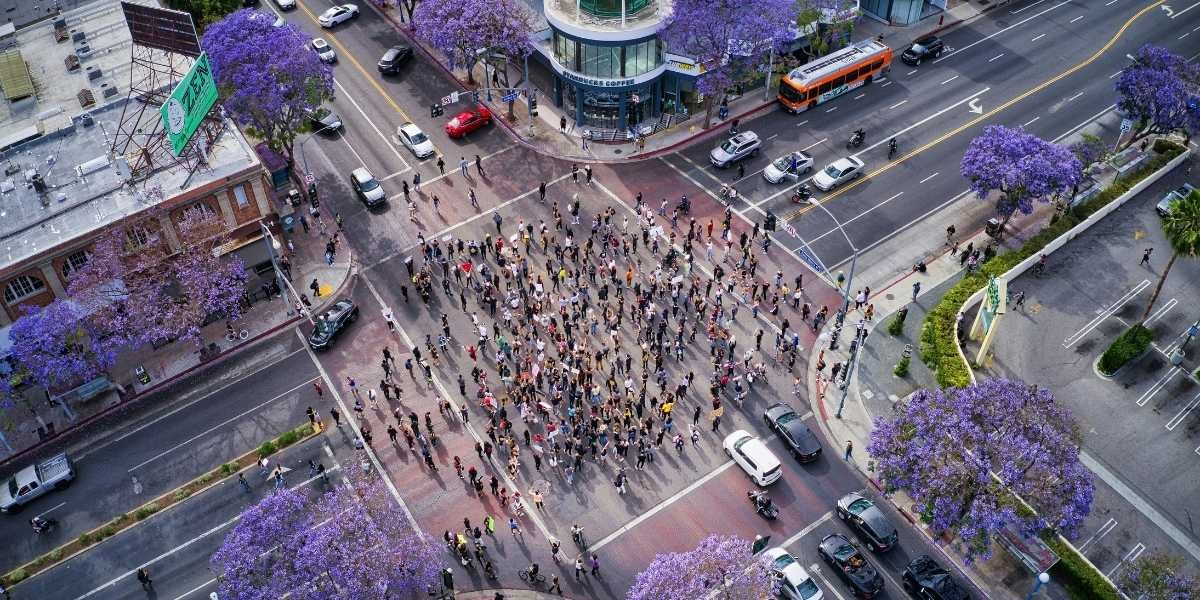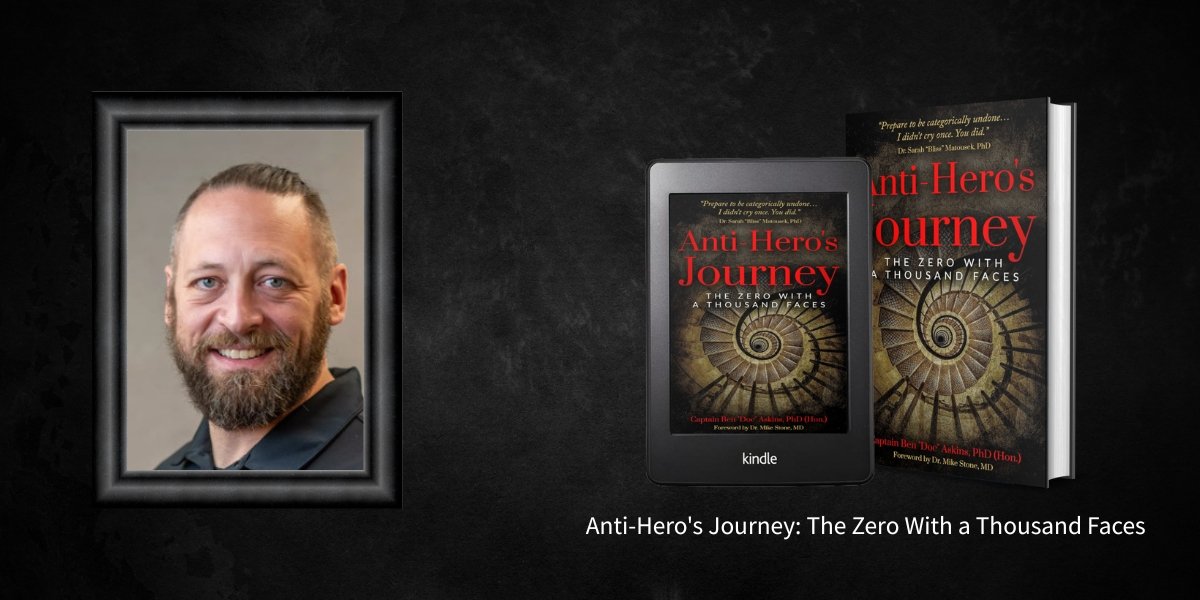Monumental sculptures often reshape public spaces by drawing attention to the dynamic dialogue between art, community interaction, and cultural identity. These commanding structures can reflect a period’s collective consciousness or spur debate about the role of large-scale works in everyday life. They may stand alone in natural landscapes or occupy urban cores, consistently prompting individuals to reconsider the built environment around them. Numerous artists have explored architectural-scale commissions that blend form, content, and social engagement within this context. Against this broader backdrop emerges the example of Alexander, whose wide-ranging public art commissions invite reflection on how monumental pieces can resonate across diverse communities.
Once recognized for its towering bronze casting, the Great Tower at Rutland Waters illustrates one such spectacle. Rising above a scenic reservoir, it was commissioned at a time when large-scale bronze works were fewer in number, and it steadily became a local landmark. Public fascination centered on its dimensions and visual impact, drawing visitors who sought a closer view. Interested readers can explore additional images and details about Alexander’s monumental commissions at his official website. Photos and background materials shed light on these works’ origins and offer insight into how local sites sometimes develop fresh identities through art.
Alexander’s foray into large-scale commissions followed an earlier phase defined by smaller, more organic forms. He drew inspiration from established European sculptors such as Henry Moore and Barbara Hepworth, though his own approach was distinct in shape and conceptual exploration. By the late 1970s, he began pursuing commissions that moved away from intimate formats, favoring grander projects to establish a communal discourse. Dame Sylvia Crowe played a pivotal role in this evolution by advocating the creation of The Great Tower, which opened a new chapter in Alexander’s career.
The artist believed substantial works stationed in public spaces could initiate conversation among viewers. Rather than focusing solely on aesthetic appeal, he intended these commissions to spur civic interaction, prompting diverse reflections from passersby. While European influences formed the initial spark, Alexander eventually transformed these influences into a personal style that emphasized openness, negative space, and the possibility of metaphysical interpretation.
The Anglian Water Authority commissioned the 31-foot bronze Great Tower in Leicestershire, England. Its scale placed it among Britain’s larger public artworks at the time of its unveiling, forging a connection between the rural landscape and modern sculptural expression. It has become a focal point for visitors and locals, situated near a reservoir.
For the Silver Jubilee of Queen Elizabeth II, Alexander produced Jubilee Oracle, which stands along the Queen’s Walk on the Thames’s South Bank. Meanwhile, Duet, a two-part, ten-ton Carrara marble piece, resides at the entrance of the University Hospital in Nottingham. Both sculptures reflect a dialogue between solidity and carved precision, combining a traditional material with a contemporary sense of spatial arrangement.
Alexander’s public art expanded beyond the United Kingdom, appearing in the United States through works such as Curved Air and Oracle in Stone in Thousand Oaks, California. In Korea, he accepted commissions that included the piece Christ Leaving The Cross for a Catholic church in Taegu. These endeavors drew on spiritual or mythic themes, weaving them into everyday surroundings and inviting ongoing public engagement.
Large sculptures in communal areas often attracted onlookers who encountered the forms in parks, plazas, or near civic buildings. Unveiling ceremonies and related gatherings provided discussion points and unity, encouraging local populations to claim partial ownership of the works. Over time, repeated exposure to these pieces generated acceptance or continuing debate, confirming the interplay between art and public opinion.
Commentators generally recognized Alexander’s effort to merge conceptual artistry with civic space. Certain reviewers wrote about how these projects framed nature or architecture in fresh ways, while others questioned the cost, abstract aesthetics, or the feasibility of long-term maintenance. Occasional controversies arose, yet the consensus remained that these monumental endeavors pushed boundaries and confronted viewers with new possibilities.
Alexander employed bronze, marble, and other materials to highlight form and volume, later venturing into open-space sculptures referencing Eastern mysticism. The choice to leave gaps or “voids” in the structure emphasized emptiness as a critical component, suggesting that an absence can be as evocative as a solid presence.
Incorporating religious or spiritual references, Alexander examined how intangible elements could converge with physical mass. Works like Christ Leaving The Cross in Taegu illustrated this interplay by placing a familiar symbol within a revised sculptural vocabulary. Each large-scale project balanced material heft and conceptual nuance, framing the viewer’s encounter as both visual and introspective.
Later generations of sculptors and urban planners have cited Alexander’s expansive approach to scale and site-specific art. Some credited him with encouraging communities to integrate monumental pieces into routine public life rather than relegating sculpture to formal museum contexts.
Several of his major works remain installed across the United Kingdom, California, and beyond, overseen by various city councils and local historical societies. Additional perspectives on these enduring commissions can be found on the Rutland County Council website, which offers information on regional public art initiatives. Researchers may also discover accounts of historical public sculptures by consulting the Local Historical Archive, where further documentation outlines how communities reacted to similar undertakings.
Alexander’s approach to monumental art advanced a vision in which large-scale sculptures are central to civic discourse. By situating weighty forms in spaces accessible to everyone, he challenged conventions and invited a dialogue that continues to evolve. His identity as an artist was shaped by commissions that traversed geographical and cultural borders, echoing the universal capacity for art to activate shared spaces.
Those seeking more information and visual references are encouraged to visit his official website. This site hosts photographic documentation, background notes, and updates on ongoing scholarship related to Alexander’s body of work. A retrospective exhibition of his art is scheduled for the first quarter of 2026 at the VEFA Gallery, pending final confirmation of dates. Details on this event are available through the gallery’s website.
City initiatives, cultural institutions, and private sponsors have continued to champion Alexander’s public pieces, ensuring they remain accessible. The broad reception of these sculptures signals a consistent public interest in large-format artistic experimentation. For further local updates, prospective visitors and researchers can consult the city council pages mentioned above or the local historical society’s records. In many ways, these monumental works stand as enduring reflections of Alexander’s sustained commitment to exploring form, space, and the shared environment—an endeavor that resonates well beyond the moment of each piece’s unveiling.












